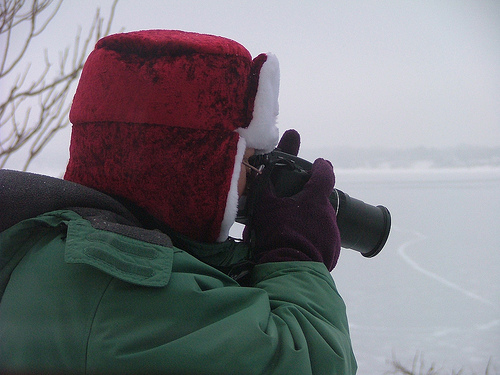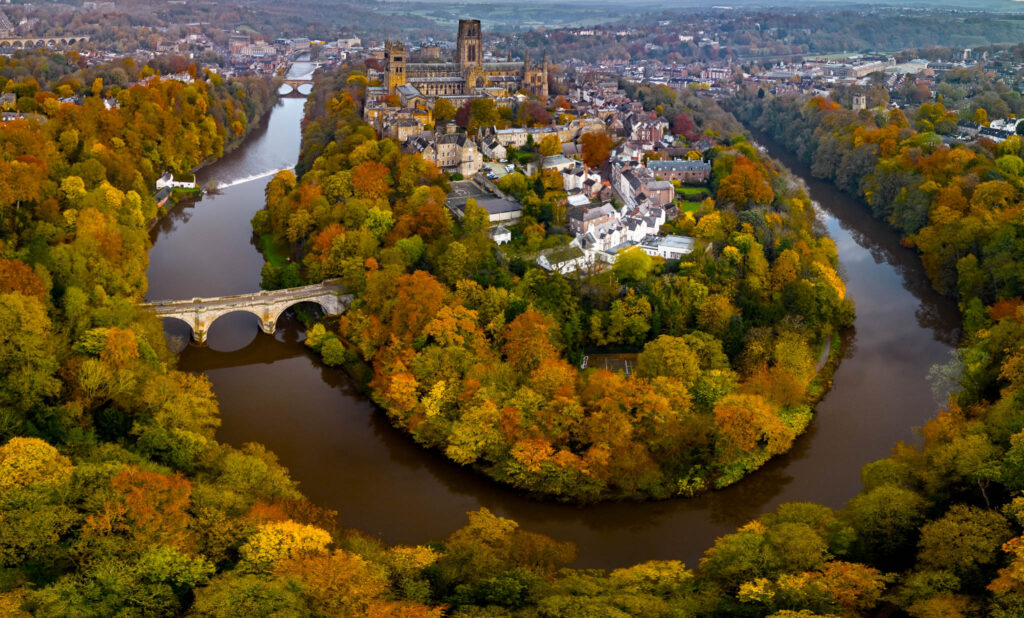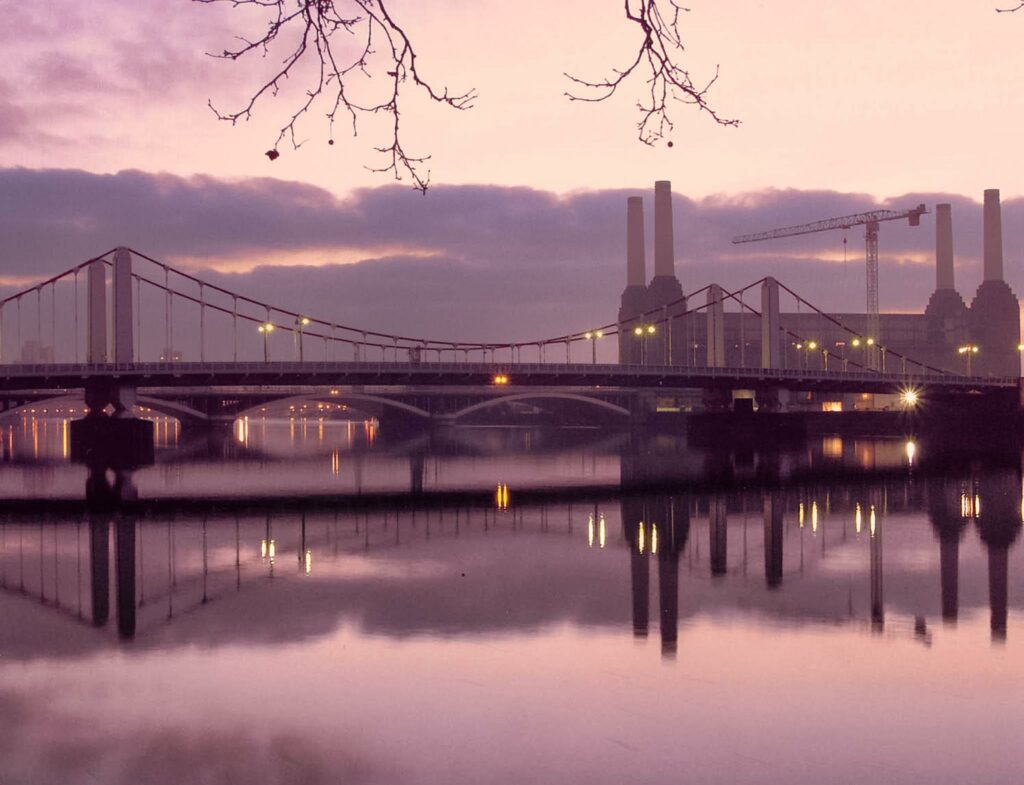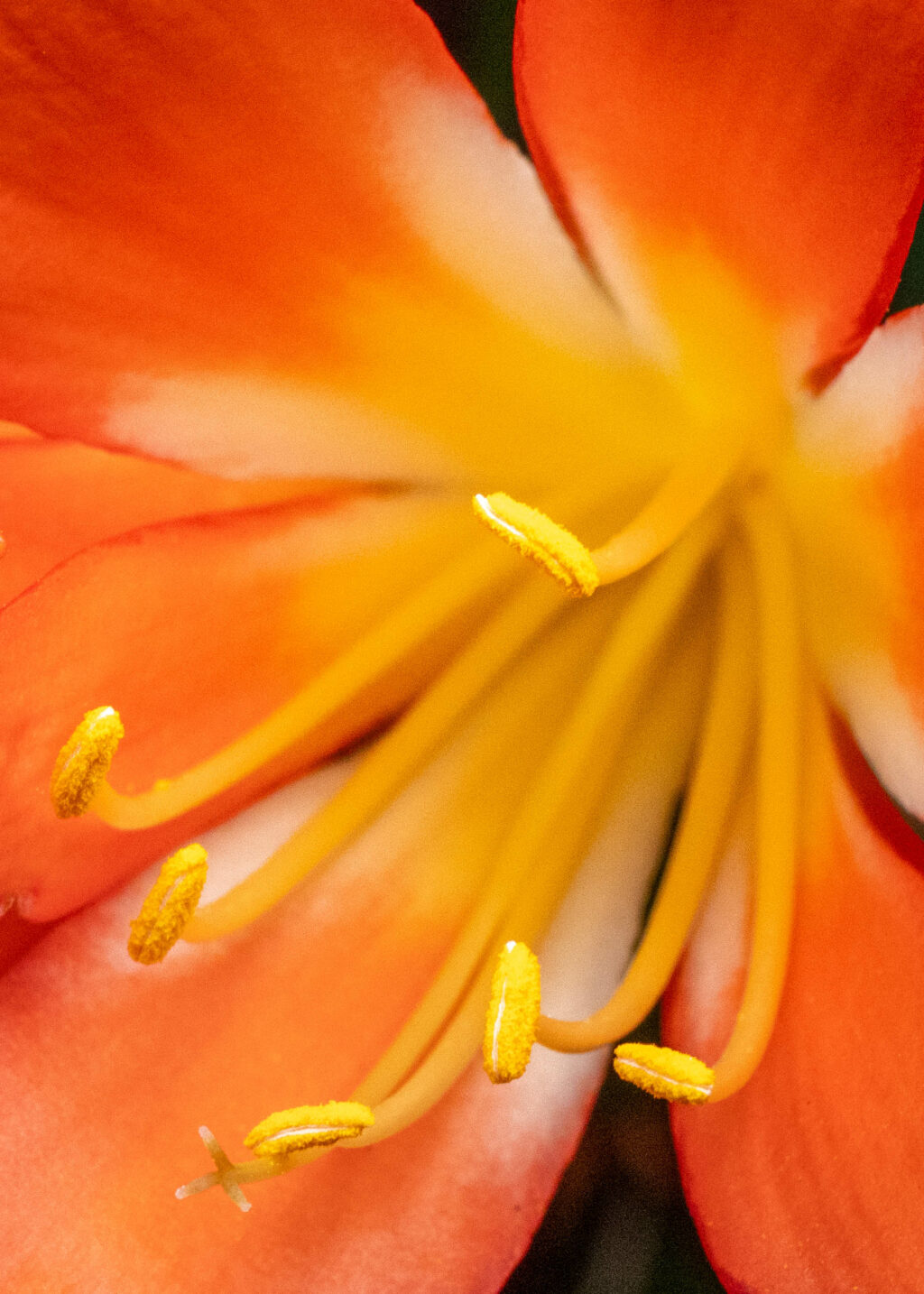For those of us that inhabit Northern climes, the winter is fast approaching. I am sure many may put their cameras into hibernation for the dark days, preferring the comfort of the digital darkroom to the harsh realities of the freezing conditions, for some, outside.
However, by putting your feet up and ploughing through the summers post production, you could be missing some of the most spectacular shots of the year. Time to wrap up warm, wake the camera from it’s well earned slumber and get cold, for today we are going to take a look at some tips for winter shooting.
The Technical Side of Keeping Your Camera Running
Lets start with the technical side, there is no denying, winter can take its toll on you and your camera, but with a little care and forethought your camera can easily survive that cold. First of all, the colder it gets, the shorter your battery life will be. Always carry spares, keep them fully charged and also keep them in a pocket close to your skin, your body warmth will keep the life in them. Swap out batteries before they die, returning the used one to your pocket, this will extend it’s life further.
When going from the warm temperature of a room or perhaps a car you will get condensation form on the lens, this normal but the worse thing you can do is wipe it off. Instead you will need to remove your lens cap and let it acclimatize normally. The only tip I have for speeding this up, is to turn the lens towards any breeze as this will often accelerate the process.
Another issue may be rain, sleet and snow. If you are going to shoot in these conditions look towards getting at least a waterproof cover not just for your camera but also your lenses, also make sure you lenses also have some form of protective filter, to prevent water getting on the front element. As well as your camera getting cold, so will your fingers. Trying to press small buttons with numb fingers can be challenging in the extreme, better off using a pair of gloves. For those that cannot find the right gloves, a simple pair of woolen ones with the fingertips cut off can work wonders.
What About Shooting Skills for Winter?
Winter is the season of low light levels for much of the time so be prepared for this. Take a tripod with you if you are looking for the utmost quality or if you are looking, perhaps to capture the feel of winter, shoot with a high iso and use the noise to create the emotion of the coldest season.
So what do we shoot in the bleak mid winter. Well there is a multitude of things. Close to home, take a look at your own town. With the trees having dropped their leaves, the local architecture can reveal some hidden gems. If the weather is dark and stormy, shoot with black and white in mind, maybe using HDR to punch out a stormy sky. The blue hour can be great in winter, especially after rain where wet streets and puddles can reflect the lights of the city. Further afield, the leafless trees and dark skies can create dramatic landscape shots, especially in black and white and the coastal storms can lead to wonderful seascape.
As the snow falls, the opportunity of more winter landscape appears. On sunny days you can create picture postcard landscapes on dull days look for the little details such as the last golden leaves of autumn lying on the fresh snow. Living near the Black Sea coast, I have am lucky to see the spectacle of the sea freezing over for as far as the eye can see, giving incredible opportunities for seascape shots as well as detailed close ups.
Getting the right exposure in winter can be challenging, bright featureless overcast days can fool metering systems into underexposure. Learn to read your histogram, compensating for meter errors. An underexposed shot will show on the histogram as having to much of the graph falling of the left side of the screen. Open up your aperture or reduce your shutter speed to pull that graph back to the middle, or better still a touch to the right.
If you feel comfortable, shoot RAW files, you will get a much better latitude to your exposure, allowing you to pull back skies and get better final images in the post production.
Look at bracketing your shots, shooting, for example, five shots around the indicated exposure at half stop intervals, this will allow you to choose the very best exposure or even if you have used a tripod, use HDR to get the effect you are looking for.
There is so much to shoot in winter that by staying indoors at the computer you could be missing out on several months of great photographic opportunities. So why not get out the winter clothes, charge up the batteries and get shooting.










7 Comments
Excellent information.
For the glove situation:
my preferred solution is to wear thin, tight fitting leather gloves under woolen ones on which the thumb and index fingers cut off half.
That way the ‘important’, exposed fingers still get some protection against the elements (especially cold wind and water) while retaining as much tactile feedback as possible
There are hunters gloves available with the front of the forefinger cut off to pull the trigger.
when going from a cold environment to a warm, ie skiing then back to the warm cabin a plastic bag as from the super market will suffice for the camera just pop it in and roll the open end up
Careful with flash, if its really cold you might blow your bulb.
I tend to leave my gear in the cold vehicle and only move cards and batteries to the house. This leaves me open to theft, but the camera doesn’t get the hot/cold cycles and works fine all the time.
wow these are very good tips from all of you here! im just starting to use and learning how to take good care of my camera. thanks for all the good info.